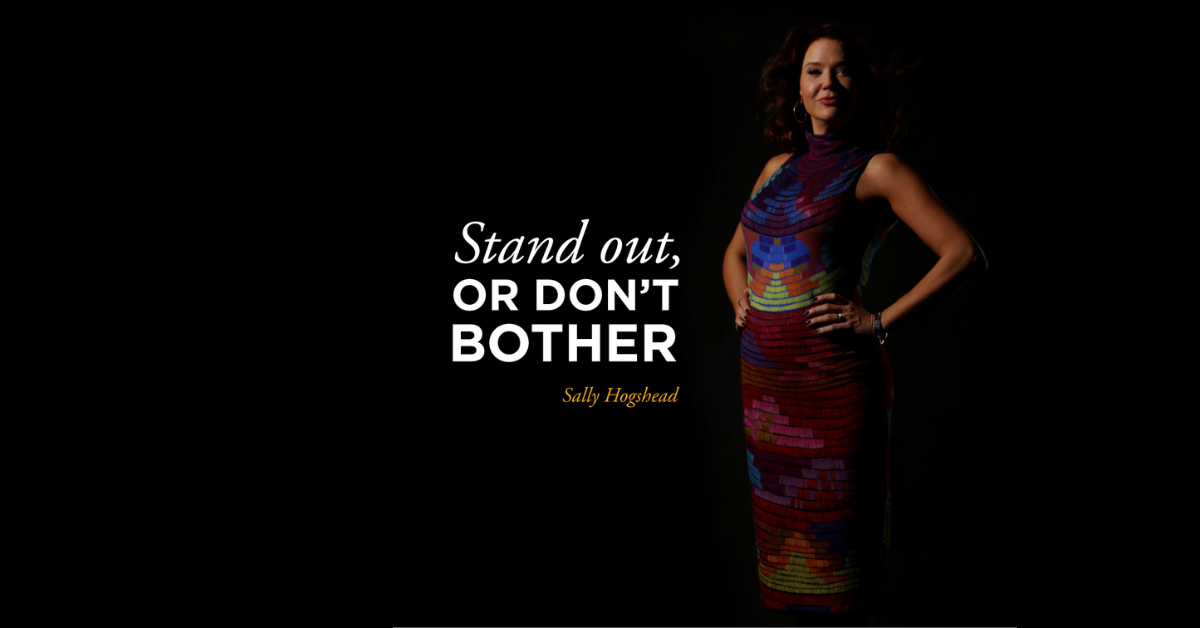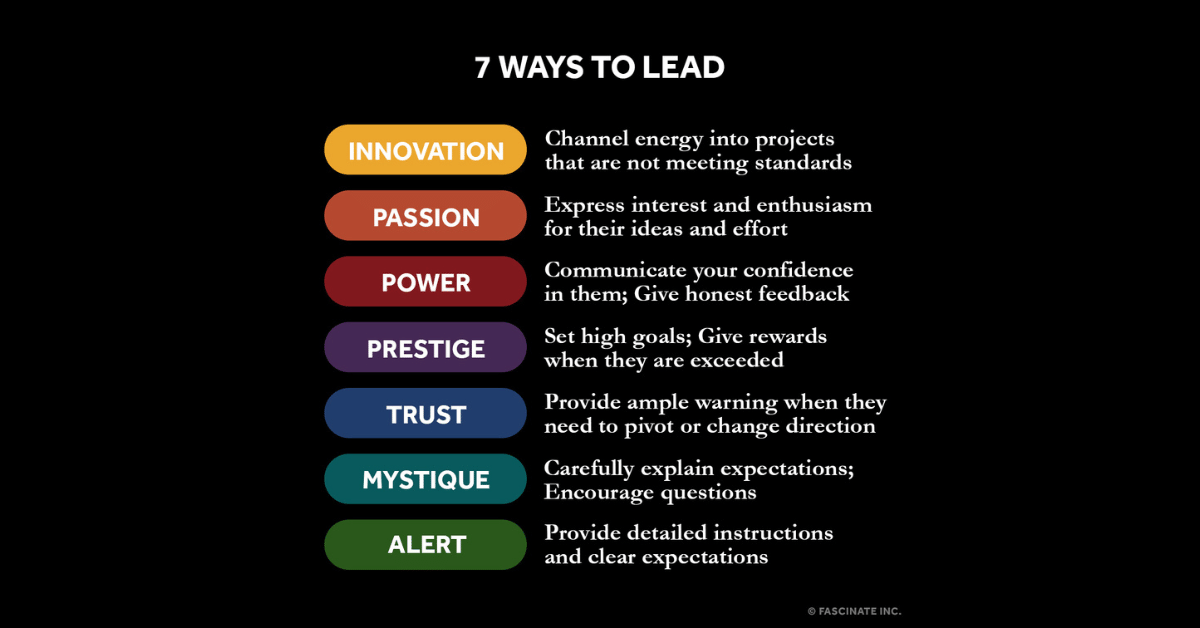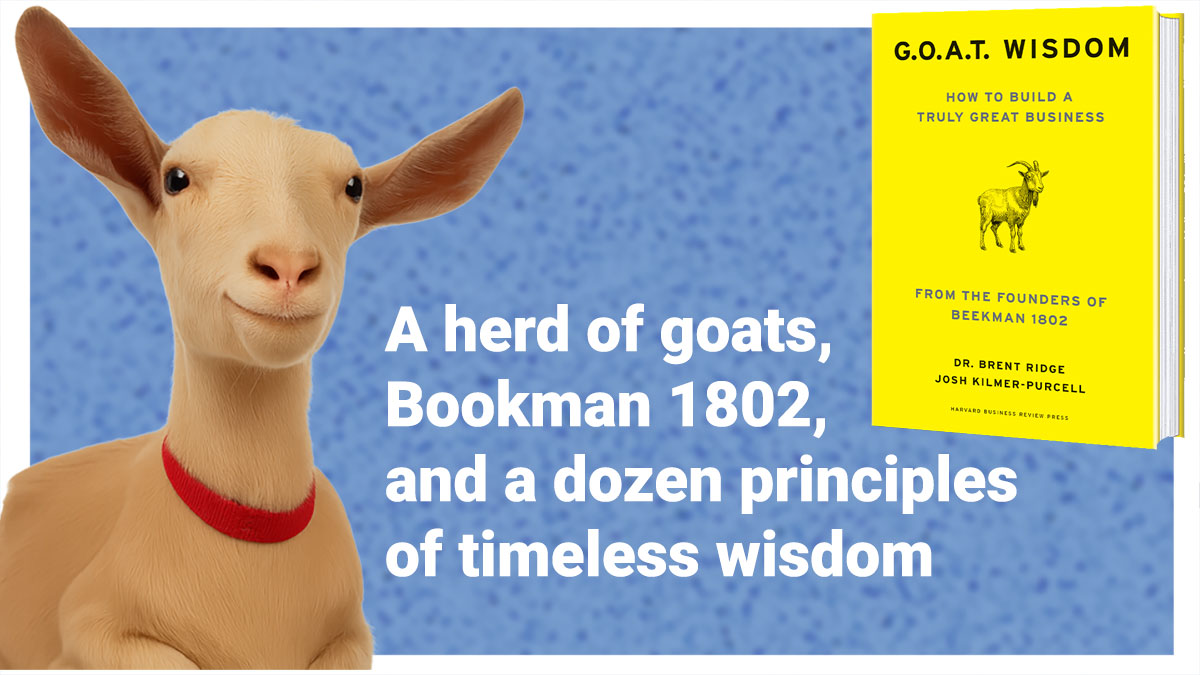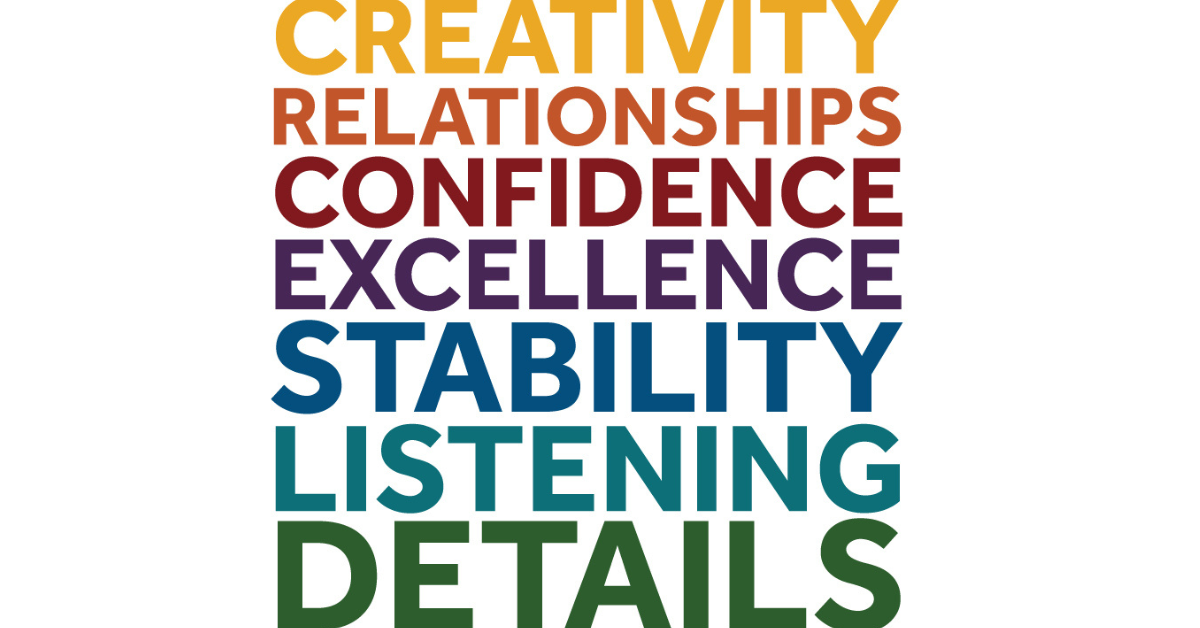
We’ve all had that cringe-worthy board room feeling. Your heart is pounding. Your palms are clammy and your mouth is dry.
It’s time to pitch your big idea, and you need the rest of the team (or at even higher stakes, a client) to get on board.
In a stagnant or competitive environment, innovative ideas are the best path to growth. Yet because these new paths are unfamiliar and untraditional, they can be perceived as being too “risky.”
To combat the inevitable haters and naysayers, I’ve listed a couple of go-to strategies to help your biggest, baddest ideas succeed.
1. PAINT A VERY CLEAR PICTURE IN YOUR AUDIENCE’S MIND.
If your goal is to land a major account with a long-term relationship, how can you help everyone else visualize that specific goal? For instance, instead of promising an improvement in growth or profits, can you spell it out more explicitly? Can you create a clear image of what the future could look like a year from now? What does the company look like? What does the staffing and customer list look like? How about showing what your sales figures might look like in the year 2025?
2. BUILD THE MOST RATIONAL POSSIBLE ARGUMENT.
The biggest mistake I see is selling an untraditional idea with intangible evidence and ephemeral claims. Abstractions like “word-of-mouth” aren’t enough by themselves. By removing as many variables as possible, and eliminating unknowns, you demonstrate control. Surround your idea with as much information as possible, including timelines, anticipated costs, potential partners. Hypothetical is okay at this stage, but be as specific as possible. “But look how cool it is” isn’t a strategy.
3. SHOW HOW YOU’VE SUCCEEDED IN A PARALLEL SITUATION.
Substantiate your ideas with case studies. Build evidence and create parallels. Ideally this validation will come from your own experience or your business.
4. PINPOINT RISKS THAT PARALLEL YOUR CUSTOMER’S BEHAVIOR.
Demonstrate how bigger trends (such as the aging of the population, or the rise of tech expenses, or increased risk in urban areas) substantiate your point. Then, demonstrate how your proposal tracks alongside these bigger trends.
5. HELP YOUR AUDIENCE “SELL UP.”
Often, the person you’re presenting to will have to get buy-in from someone else in the decision-making process. Help them do this by giving them the tools to sell it. When assembling a presentation, make sure that it can stand on its own without you, so that the person you’re selling to has the tools to defend it to other decision makers.
Today, the opposite of risk isn’t security. The opposite of risk is getting run over by a big truck filled with the shipment of status quo while you dawdle in the middle of the road hesitating on a game-winning strategy.
When does that risk start paying off? Tell us about your riskiest proposal, and how you tapped in to your Advantages to get your team on board.










